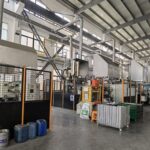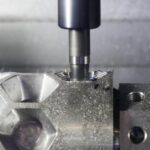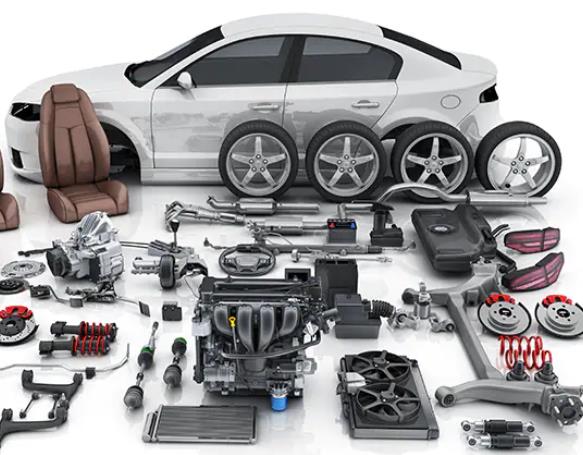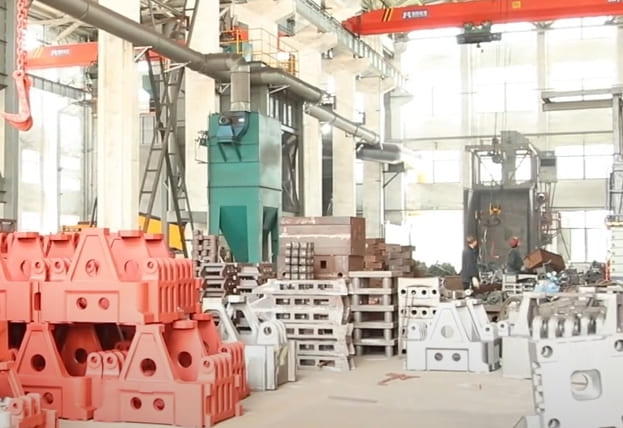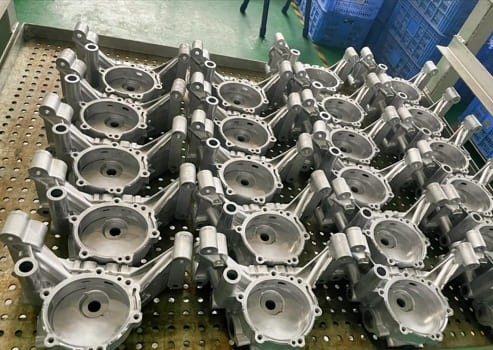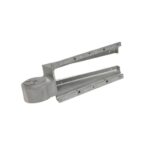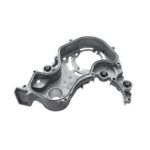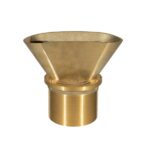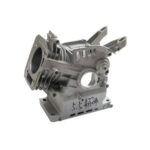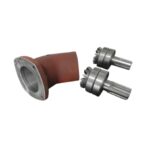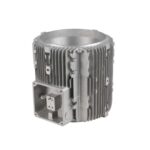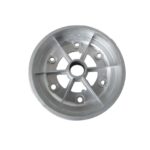Sand casting is one of the oldest and most versatile casting methods used for creating complex aluminum components.
This process involves pouring molten aluminum into a sand mold, where it cools and solidifies into the desired shape.
At Yongzhu Casting, sand casting aluminum has been refined over the years to produce high-quality, durable parts that are used in various industries, from automotive to machinery.
In this article, we will provide an overview of the sand casting process for aluminum, explore its advantages, and highlight the expertise of Yongzhu Casting in producing precision aluminum components.
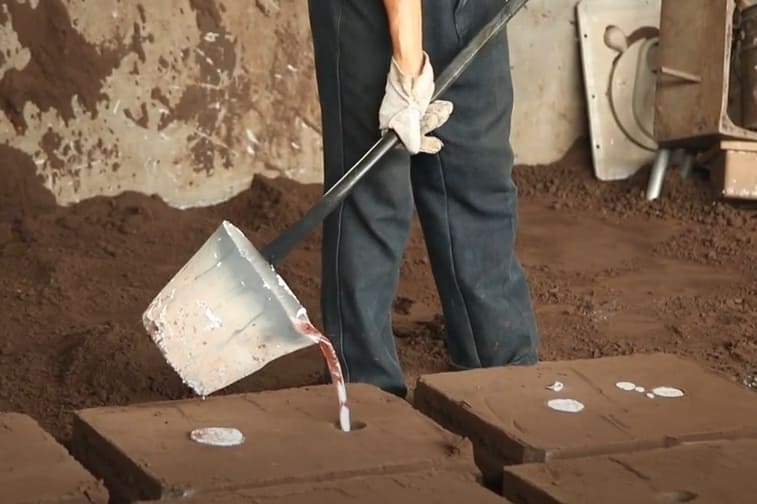
What is Sand Casting?
Sand casting is a metal casting process where sand is used to create the mold into which molten metal is poured. Sand molds are made by compacting sand around a pattern of the object being cast.
Once the molten aluminum is poured into the mold and allowed to cool, the sand is broken away to reveal the finished product.
Advantages of Sand Casting Aluminum
- Versatility: Sand casting can be used to create complex shapes with intricate internal features, making it ideal for parts that require custom designs.
- Cost-Effective: For small to medium production runs, sand casting is a relatively inexpensive process compared to other methods like die casting.
- Wide Size Range: Aluminum parts ranging from a few ounces to thousands of pounds can be produced through sand casting, making it suitable for diverse applications.
| Advantage | How It Benefits Aluminum Casting | Industries That Benefit |
|---|---|---|
| Versatility | Produces complex shapes with intricate internal structures. | Automotive, aerospace, machinery. |
| Cost-Effective | Suitable for small to medium production runs. | Prototyping, low-volume production. |
| Wide Size Range | Can cast parts from a few ounces to thousands of pounds. | Large industrial components, lightweight products. |
Searching for High-Quality for Cast Aluminum Parts?
You’ve come to the right place! Yongzhu Casting is a certified casting manufacturer with over 20 years of expertise in the industry.
We have successfully completed numerous casting projects for Aluminum casting parts, particularly in your industry.
Design Review & DFM Support
Our professionals will evaluate your designs and provide suggestions for cost savings.
Additionally, we offer Design for Manufacturing (DFM) assistance and conduct mold flow analyses to facilitate efficient production.


State-of-the-Art Manufacturing Equipment
Our facility is equipped with advanced hot-chamber and cold-chamber casting machinery for aluminum and zinc production.
We also utilize high-precision CNC machines in a temperature-controlled workshop, featuring 3-Axis, 4-Axis, 5-Axis, and 7-Axis setups to manage any project you have.
Rigorous Quality Control Measures
Our dedicated quality control team ensures that all parts meet the highest standards of quality and consistency.
We employ high-accuracy measurement instruments, including CMM, spectrometers, and X-ray detectors.
Comprehensive Surface Treatment Options
We provide a variety of surface finishing techniques for your precision casting components. Our in-house services include cleaning, polishing, anodizing, shot blasting, and painting.
Flexible Project Acceptance
While larger manufacturers often shy away from low-volume projects, and smaller ones may struggle with quality, Yongzhu Casting stands apart.
We prioritize customer satisfaction and willingly accept high-mix, low-volume projects like yours.

The Sand Casting Process for Aluminum
The sand casting process involves several critical steps that ensure the quality and precision of aluminum parts. Here’s an overview of how Yongzhu Casting approaches the sand casting process:
1. Pattern Making
The process begins by creating a pattern of the part to be cast. Patterns are usually made from wood, plastic, or metal and are designed to the exact specifications of the final product, allowing for shrinkage during cooling.
2. Mold Creation
A mold is formed by packing sand around the pattern. The sand is mixed with a binder to give it enough strength to hold the shape during casting. This step also includes creating core molds for any internal cavities the part may have.
3. Melting and Pouring
Aluminum is melted in a furnace at temperatures between 660°C to 750°C and is carefully poured into the prepared sand mold. The molten metal fills the cavity, taking the shape of the part.
4. Cooling and Solidification
The molten aluminum is left to cool and solidify within the mold. Cooling time can vary depending on the size and complexity of the casting, but typically takes several hours.
5. Shakeout and Finishing
Once the part has cooled, the sand mold is broken apart, and the aluminum casting is removed. Excess material from the casting process, such as risers or gates, is trimmed off, and the part is cleaned and inspected.
| Step | Description | Key Considerations |
|---|---|---|
| Pattern Making | Creating a replica of the final product using wood or metal. | Patterns must account for metal shrinkage during cooling. |
| Mold Creation | Packing sand around the pattern to form a mold. | Proper mold design ensures the part’s final shape and strength. |
| Melting and Pouring | Melting aluminum and pouring it into the sand mold. | Maintaining the correct temperature is critical for uniform filling. |
| Cooling | Allowing the aluminum to cool and solidify. | Cooling time impacts final part quality and strength. |
| Shakeout and Finishing | Breaking the mold and cleaning the cast part. | Trimming and cleaning ensure precise final dimensions. |
Aluminum Parts Produced Through Sand Casting
At Yongzhu Casting, aluminum sand casting is used to manufacture a wide range of components for industries including automotive, machinery, and heavy equipment. Some of the common parts produced include:
- Engine Components: Sand casting is used to produce aluminum engine blocks, cylinder heads, and manifolds that are lightweight yet durable.
- Machinery Parts: Parts like brackets, housings, and valves are cast using sand molds, benefiting from the versatility of the process.
- Large Industrial Castings: Sand casting is ideal for creating large-scale aluminum parts, such as machine bases and frames.
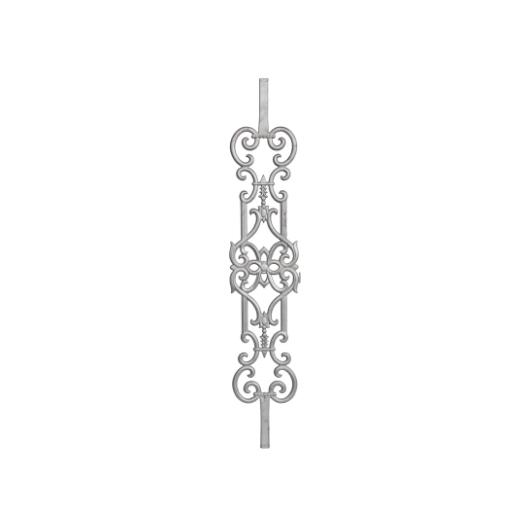
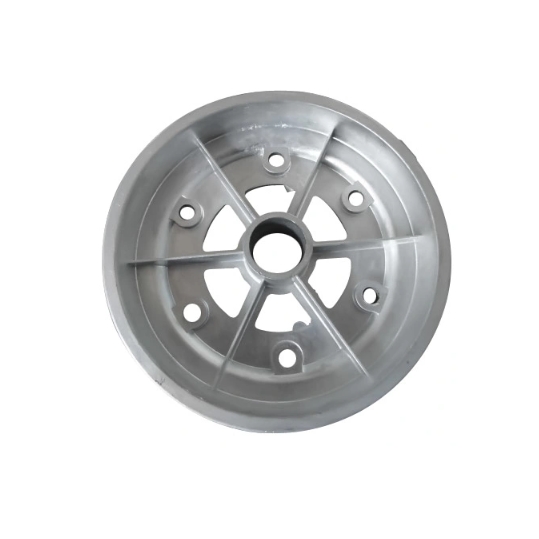

Aluminum Sand Casting at Yongzhu Casting
At Yongzhu Casting, we have refined our aluminum sand casting techniques to deliver high-quality castings with tight tolerances and superior surface finishes.
Our facility utilizes advanced equipment and proven techniques to optimize every step of the sand casting process.
We ensure that every component is cast to meet the strict standards required by industries such as automotive and aerospace.
Whether you need prototypes or full production runs, our team has the expertise to deliver the highest quality aluminum castings.
Conclusion
Aluminum sand casting is a highly versatile and cost-effective process that can produce parts with complex geometries and a wide range of sizes.
At Yongzhu Casting, our expertise in sand casting allows us to deliver precision aluminum components tailored to meet the specific needs of industries ranging from automotive to heavy machinery.
With a focus on quality and efficiency, Yongzhu Casting continues to be a trusted partner in aluminum sand casting.



